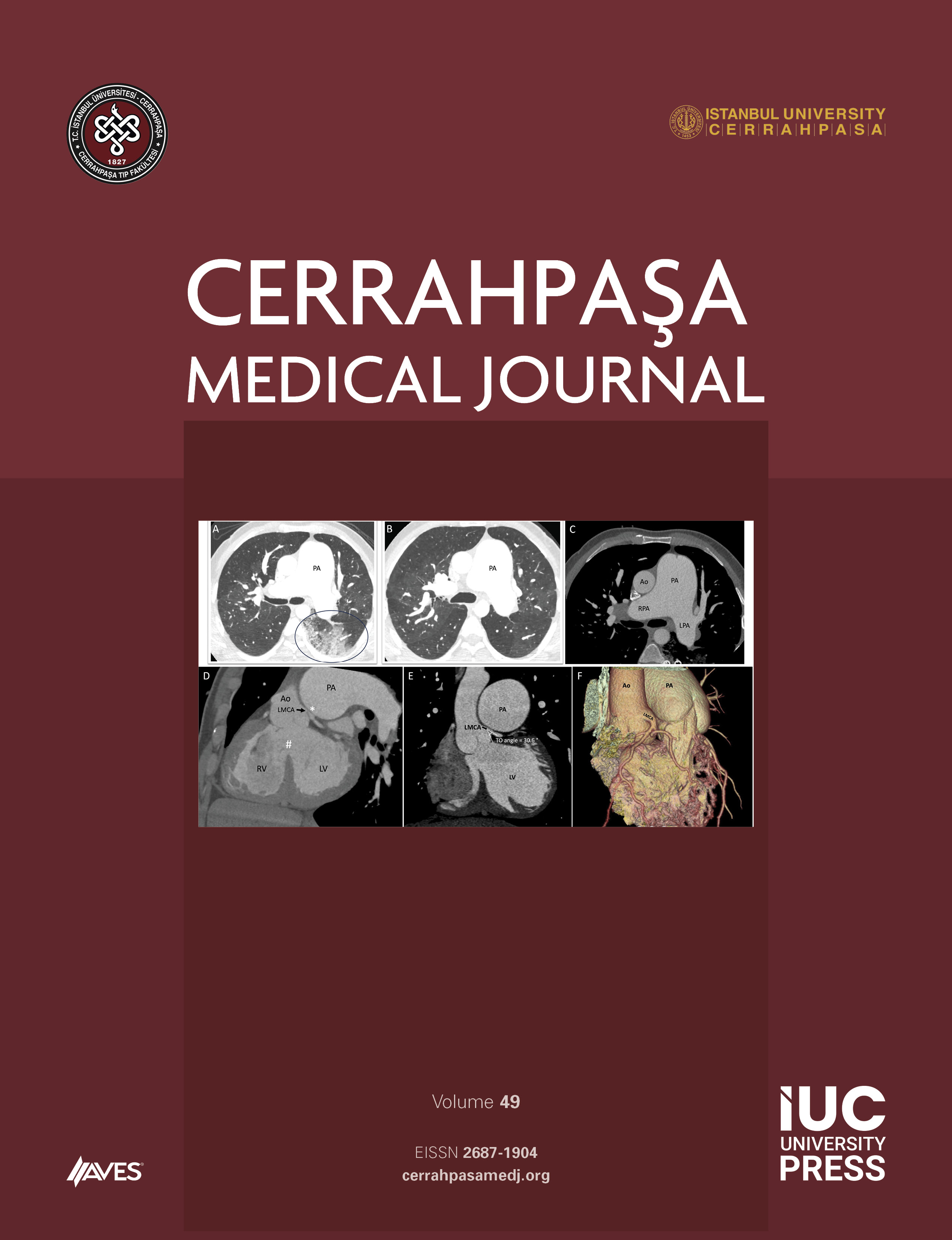Objectives: It was reported in recent case-control studies from different countries that appendectomy was a protective factor against the development of ulcerative colitis (UC), and this effect was linked to altered mucosal immune response following appendectomy.
The aim of our study was to assess the effects of appendectomy on histopathological activity and tissue oxidative stress markers in an experimantal colitis model.
Methods: Thirty female Wistar albino rats, weighing between 120-160 g were divided into three equal groups: Laparotomy simultaneously was performed in all groups. Group 1: Sham laparotomy (Control group); Group 2: Laparotomy + simultaneous appendectomy + colitis induction with 4% acetic acid after two weeks (appendectomy + colitis group); Group 3: Sham laparotomy + colitis induction with 4% acetic acid after two weeks (colitis group). All the animals were sacrified at the end of the third week under deep ether anesthesia via cardiac puncture. Histopathological activity, tissue malondialdehyde (MDA), superoxide dismutase (SOD), and glutathione (GSH) levels were then assessed in resected colon specimens. Differences between means in different groups were tested with oneway Anova ve Bonferroni tests.
Results: Significant differences were noted regarding histological activity, MDA, SOD, and GSH levels between group 1 and both the other groups with colitis (2 and 3) (p=0.000 for all parameters). Mean MDA, SOD, GSH levels were 0.215 nmol/mg.protein, 1.42 U/mg.protein, 20.23 μg/mg.protein in group 1; 0.4013 nmol/mg.protein, 0.8250 U/mg.protein, 9.775 μg/mg.protein in group 2; 0.4556 nmol/mg.protein, 0.6222 U/mg.protein, 6.76 μg/mg.protein in group 3, respectively. No significant difference was noted regarding histological activity between group 2 and 3, but in appendectomized rats (group 2) MDA, the final product of lipid peroxidation was significantly lower (p=0.000), and levels of antioxidants SOD and GSH were significantly higher compared to group 3 (p=0.013 and p=0.011 for SOD and GSH, respectively).
Conclusion: A favourable effect of appendectomy on tissue oxidative stress markers was observed in our colitis model whereas this was not the case regarding histopathological activity. We suggest that chronic colitis models with longer follow-up periods should be planned in order to assess whether this favourable effect of appendectomy on tissue oxidative stress might be observed on histopathological inflammation as well.



